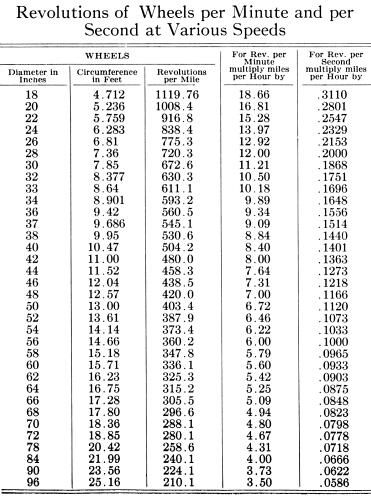

These benefits are greater the further and more frequently you walk. Plus, you’ll strengthen your bones and muscles. You may be less likely to have a stroke or develop type 2 diabetes. Increasing your physical activity level by walking can help to maintain a healthy weight, lower blood pressure, and boost your mood. Physical exercise such as walking may help to improve your memory, slow mental decline, and decrease your risk of dementia, especially when you boost your pace. It also helps to decrease the risk of chronic diseases such as heart disease, cancer, and diabetes. Brisk walking keeps your heart, lungs, and circulatory system healthy.

Moderate-intensity activity increases your breathing and heart rate and improves your balance and coordination. Walking at a brisk pace helps to improve your overall fitness and has many health benefits. Wear comfortable athletic shoes and clothing that allows for optimum movement. This includes improving your posture, stride, and arm motion. You can work on speeding up your walking pace by working on your technique. The Centers for Disease Control and Prevention (CDC) recommends that you get at least 150 minutes of moderate-intensity exercise or 75 minutes of vigorous-intensity exercise each week. This type of exercise gets your heart rate going, makes you breathe harder and faster, and supports healthy blood flow. Or you can measure your heart rate using a pulse monitor, fitness band, or calculator.īrisk walking counts as moderate-intensity exercise and is a terrific way to increase your physical activity. You can use an app or a speedometer to measure your speed. You may feel slightly out of breath or sweaty when walking briskly. In order for it to be considered a brisk pace, you need to raise your heart and breathing rate. Many fitness experts consider a brisk walking pace to be 100 steps per minute or 3 to 3.5 miles per hour.Ī brisk pace is relative since it refers to your level of exertion, which depends on your fitness level. Your speed is determined, in part, by your fitness level. We'll head inside the airplane next to investigate which cabin systems work to keep us healthy at high altitudes.Walking at a brisk pace means you’ll be walking faster than you would normally. When this cone passes overhead, you hear all that accumulated sound at once. Instead, these waves accumulate in a cone of sound behind the plane.

Once an airplane attains Mach 1, the sound waves emitted by the plane can't speed ahead of it. If you've ever heard a supersonic aircraft fly overhead, then you've probably heard a sonic boom. Speeds swifter than Mach 10 are considered high hypersonic. Velocities surpassing the speed of sound are divided into high supersonic (Mach 3 through Mach 5) and hypersonic (Mach 5 through Mach 10). If the airplane reaches double the speed of sound, its speed is Mach 2.Īirplanes speeds that are less than Mach 1 are considered subsonic speeds, while those very close to Mach 1 are said to be transonic. If an airplane reaches the speed of sound, its speed is Mach 1. Whatever the details of the medium, we refer to the speed of sound as Mach 1, named after physicist Ernst Mach.


 0 kommentar(er)
0 kommentar(er)
